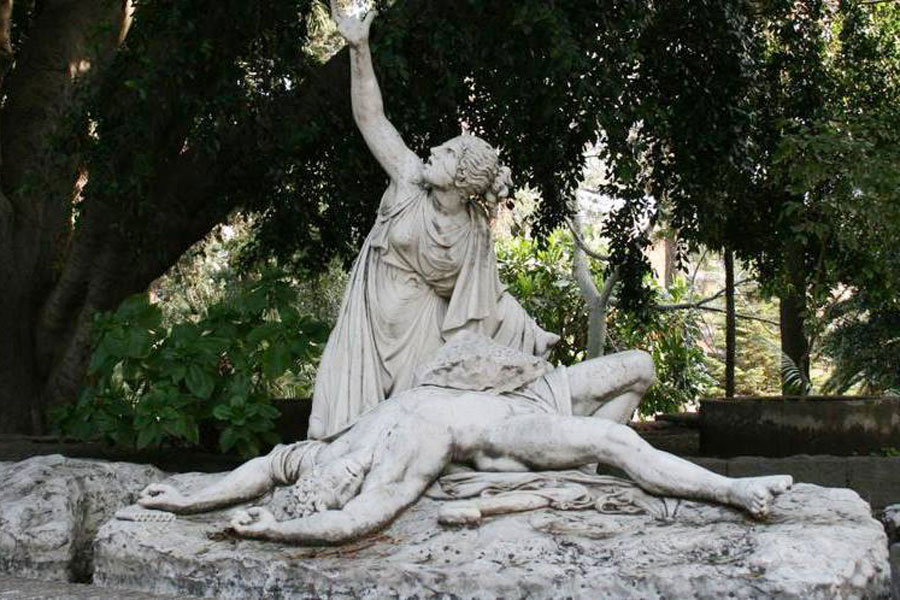A forager’s dream: tasty plants Sicilians still eat
Mint or lesser calamint leaves to disinfect hands, sage to clean the oral cavity and thyme infusions to relieve a sore throat, are some of the edible and healthy plant species that phytoalimurgia also calls ʻplants of necessityʼ and that you can find in Sicily by walking through the countryside or the woods just outside urban centers.
CONVENTIONAL WISDOM. “All over Sicily there are 200 plants that you can eat and from which comes the country cousine. They are called ʻplants of necessityʼ ‒ explained the ethno-anthropologist Paolino Uccello ‒ and, as our ancestors knew well, they are very useful. These plants are easily found in our territories and recognizing them is very simple: during the summer, for example, you can pick wild fennel, which grows spontaneously in the countryside and has excellent digestive properties. It was not by chance that is was often used in legume soups, especially during the period of Saint Giuseppe when eating the legumes of the former season was believed to be of good fortune”. Borage also has anti-inflammatory benefits and it is still used in broad beans soups or for the fumigations to help clear the nose and the throat. “There aren’t forks in ethno-anthropological museums ‒ said Uccello ‒ but only spoons because, in the past cuisine, was made of soups in order to take advantage of the properties of local plants and legumes”.
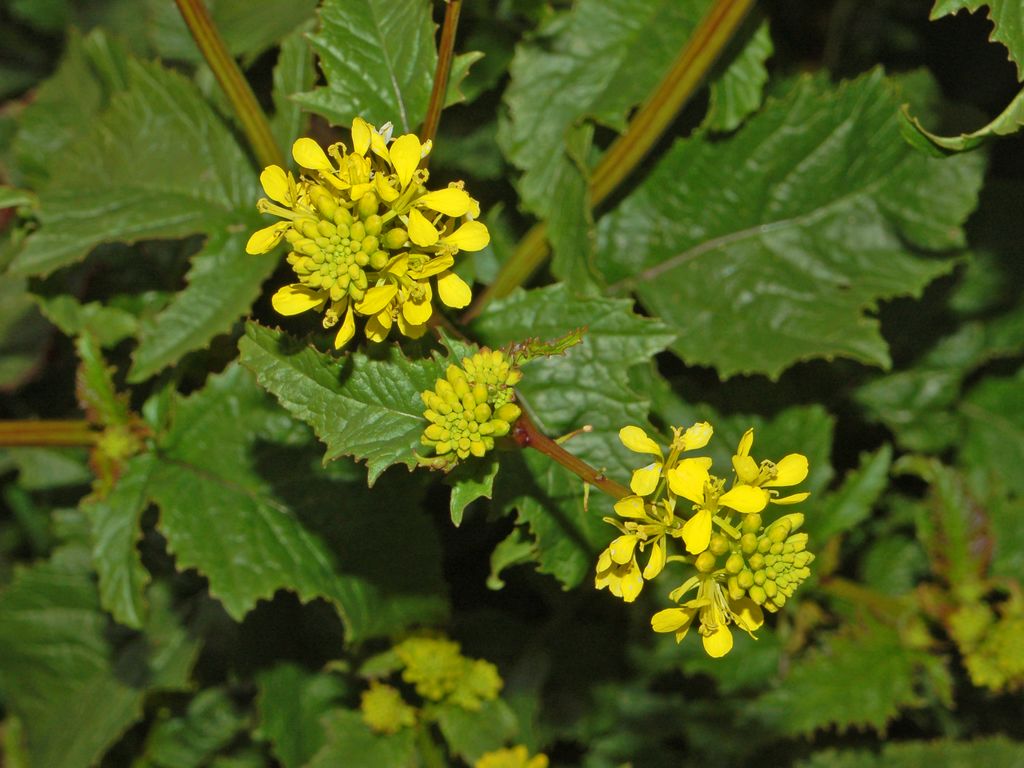
BETWEEN FOOD AND LOVE POTIONS. A delicious food was prepared with prickly pear peels (cladodes) that, during summer, are ʻyoungʼ: “They were cleaned and fried with parsley, garlic or onion and still today they are a delicious dish. The peels contain mucilage and have healing properties, so they are useful for those suffering from gastritis”. Typical of this period (August, ed.) is mustard (called sinapa in dialect), a vegetable that grows spontaneously throughout Sicily. It can be white or black and used to prepare pasta and omelets. In the southeast of the island it’s common eating the delicious leaves called amareddi. “Mustard, like borage, ‒ according to the ethno-anthropologist ‒ is useful in case of fever because it helps sweating”. Uccello said that once the borage was used to prepare love potions as well as violet flowers, which people rubbed on their hands while singing a lullaby, to make the chosen one fall in love with you. “The dessert that the ancients ate at the end of a meal were the wild violet flowers ‒ added Uccello ‒ and still today they are easily found in wetlands, along the waterways and in the woods of all Sicily. They are glazed and used to prepare candies”.
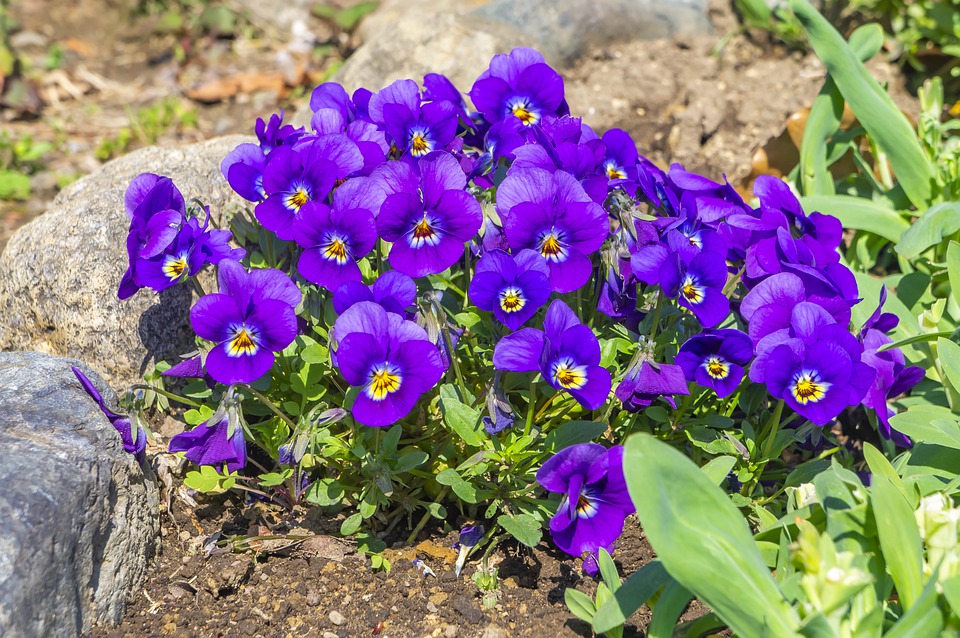
THE MEAL OF GODS. The asphodel (King’s spear), a plant dear to the Greeks and devoted to gods was common too: according to the myth Demeter was intent on picking it up in Enna. “A delicacy ‒ emphasized Uccello ‒ because it lasts almost a week: you have to pick the stem before flowering and then bake it with breadcrumbs and sauce, use for omelet or cook with pasta. We proposed this dish at the Expo meeting the favor of the Japanese”. Its properties are slimming and detoxifying. Omelets with asparagus, easily found in the countryside of the island, are delicious too, while you can use elderflowers to decorate the so-called “bread with stars”, considered more digestible for children. Moreover, elderberry juice is useful to clear the airway.
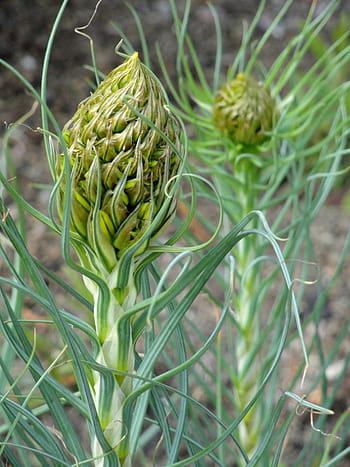
King’s spear 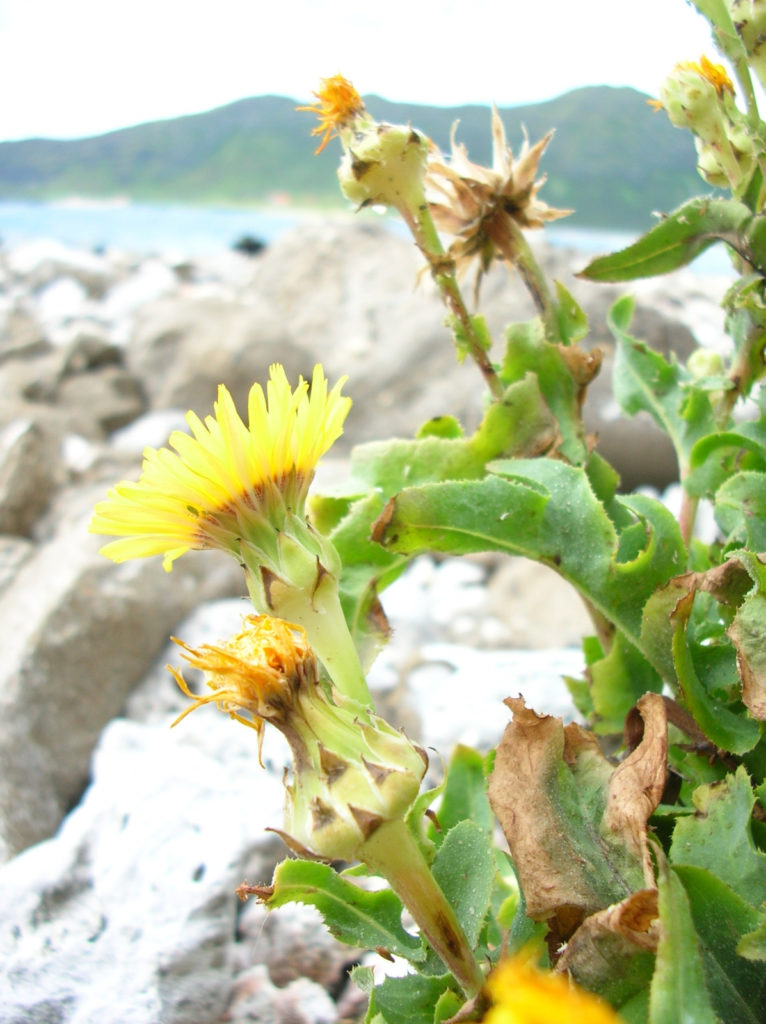
Reichardia picroides
“Finally, the Reichardia picroides ‒ ended Paolino Uccello ‒ was used especially in famine periods and today by those who cannot eat cheese: the only delicacy that has the taste of caciocavallo”.
Translated by Daniela Marsala


